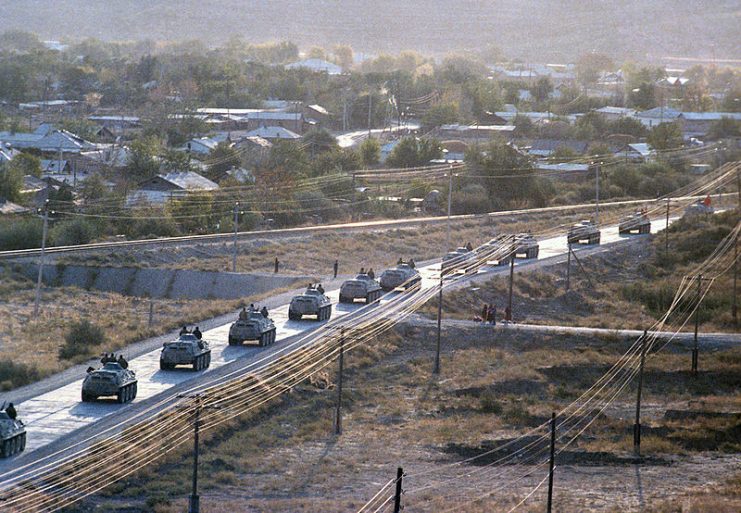Bosporus Front
The Bosporus Front is an ad-hoc formation based on the structure of the Odessa Military District (MD) with the primary task of seizing and holding the Bosporus and Dardanelles Straits (Turkish Straits) allowing free and clear access to the Mediterranean Sea. As an element of the High Command of the South Western Direction (TVD), Bosporus front will be working closely with the Black Sea Fleet, primarily the amphibious and small craft remaining in the Black Sea. Aviation support will come from the 5th Air Army, 19th Air Defence Army and Naval Aviation elements, about 1000 aircraft of all types; however these aircraft will have many other tasks which will limit their commitment to support this Front.
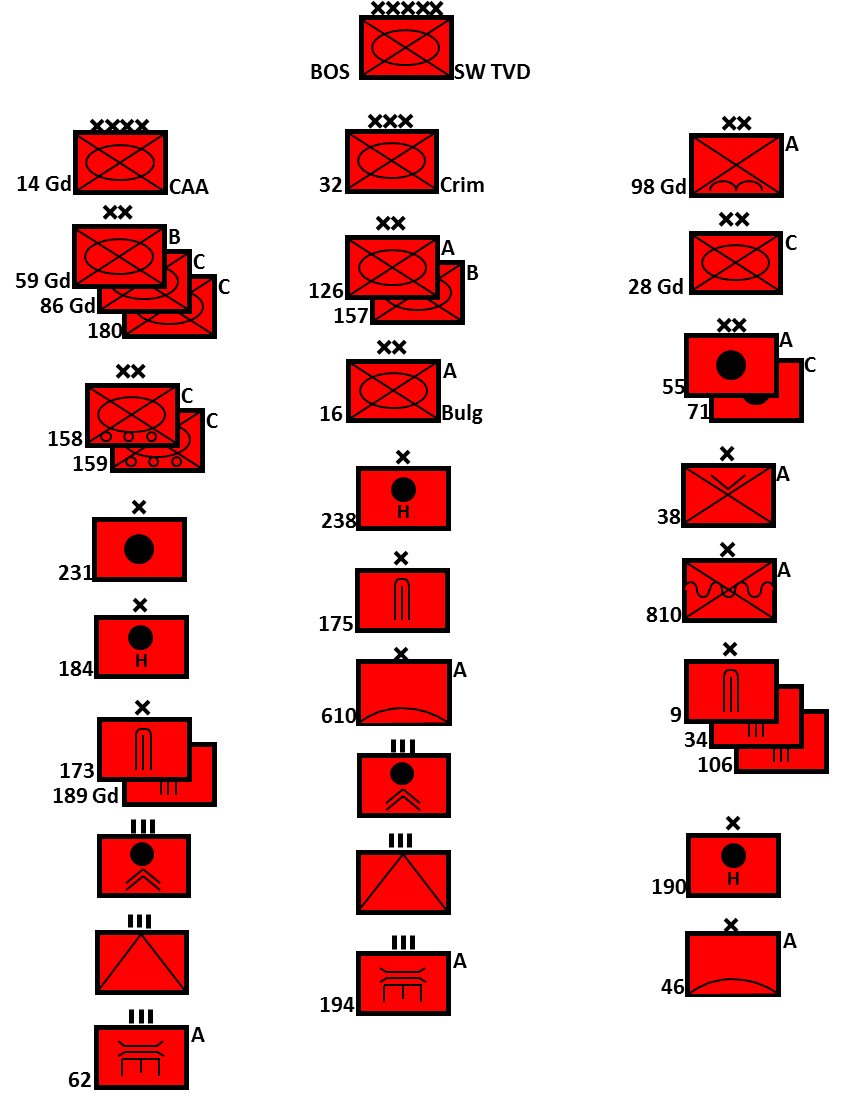
The primary task of this Front is to conduct a Coup-de-Main assault on the Bosporus straits while laying the groundwork for follow on operations to capture or control both sides of the Dardanelles, allowing uncontested maritime access between the Black and Mediterranean Seas. A key strategic objective of this operation is to knock Turkey out of the war or at least isolate Anatolia (Asian Turkey) from Istanbul and access to the straits and Sea of Marmara. This Front does not initially have the combat power to invest the metropolis of Istanbul, nor is it likely that it will be able to seize the Dardanelles quickly; therefore, political and other efforts will be made to entice Turkey’s cooperation. Should these actions fail to achieve the strategic objectives this Front will largely disperse with the bulk of the forces being absorbed into the Balkan Front and key elements such as the Naval Infantry (NI) and airborne forces being re-tasked to other priorities.
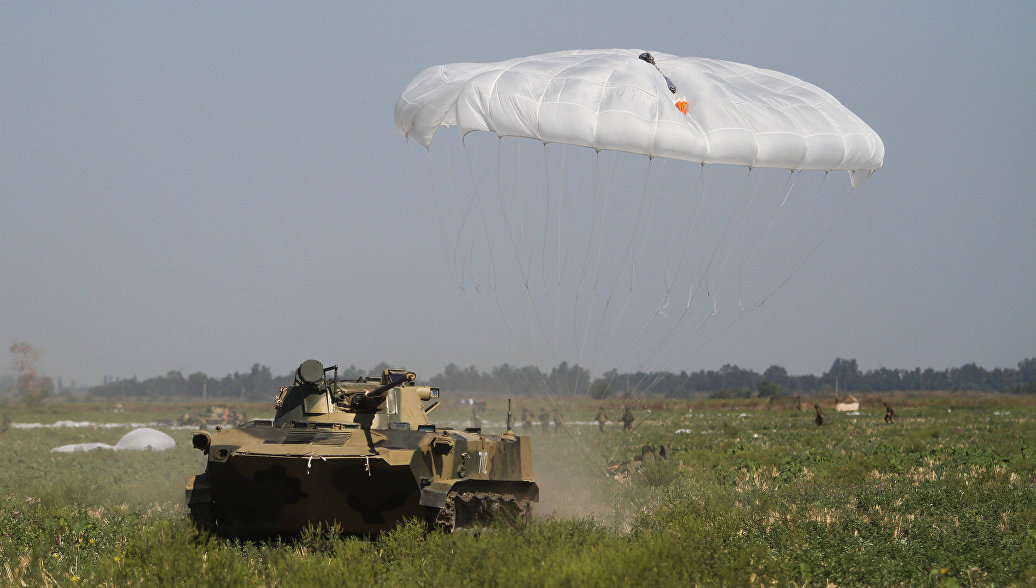
Coup-de-Main: Initially under the direct control of the Front HQ, the 98th Gds Airborne Division supported by the 810th NI Brigade and the 38th Air Landing Brigade will seize a beachhead on either side of the northern mouth of the Bosporus Straits. A critically important element is the rapid deployment of the Bulgarian 16th Motor Rifle Division (MRD) from its garrison and exercise areas South East of Brugas Bulgaria; this formation will be operating independent of national control for several hours as the Commander and key staff as well as some Soviet advisors are the only people in Bulgaria who know the attack is occurring.
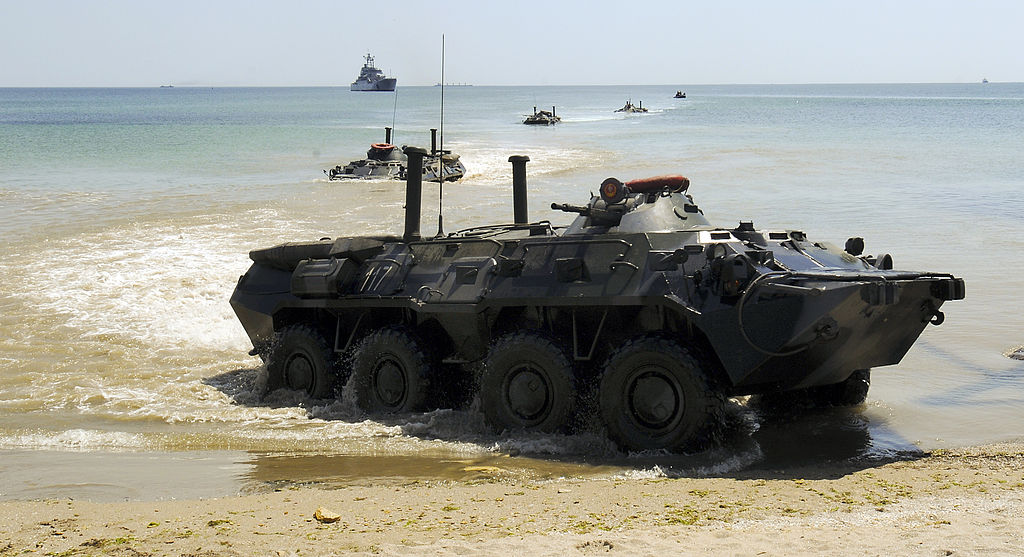
Link up Force: The 32nd (Crimea) Army Corps will use rail transport from Odesa and Chisinau to arrive at Burgas with the first elements detraining within 24 hours of operations commencing, and the bulk of the force moving east into Turkey within 96 hours. Elements of 55th Artillery Division, the 9th Missile Brigade and most of 46th Anti-Aircraft Missile Brigade will join this force. The main task is to drive South Eastward into European Turkey to link up with the ‘Coup-de-Main’ forces securing the bridgehead. The lead element will be the 16th Bulgarian MRD which will follow the northern coast and be the main effort for the link up. The 126th MRD has a newly equipped battalion of very modern T-80 tanks and will follow after detraining and proceed along the E-87 to an initial objective along the E-80 and finally the 157th MRD will then proceed to the final objective of seizing the Gallipoli Peninsula within 96-120 hours. At the earliest opportunity, 98th Guards Airborne Division and 810th NI Brigade will be released to reconstitute and be assigned to other tasks. 38th Air Lading Brigade will remain a part of the Bosporus Front. Key formations in the Crimea Corps are:
16th Bulgarian MRD (T-62, T-55, BTR-60, MTLB, BTR-50)
126th MRD (T-80, T-64, BMP-2, BTR-70)
127th MRD (T-72, BMP-1/2, BTR-60)
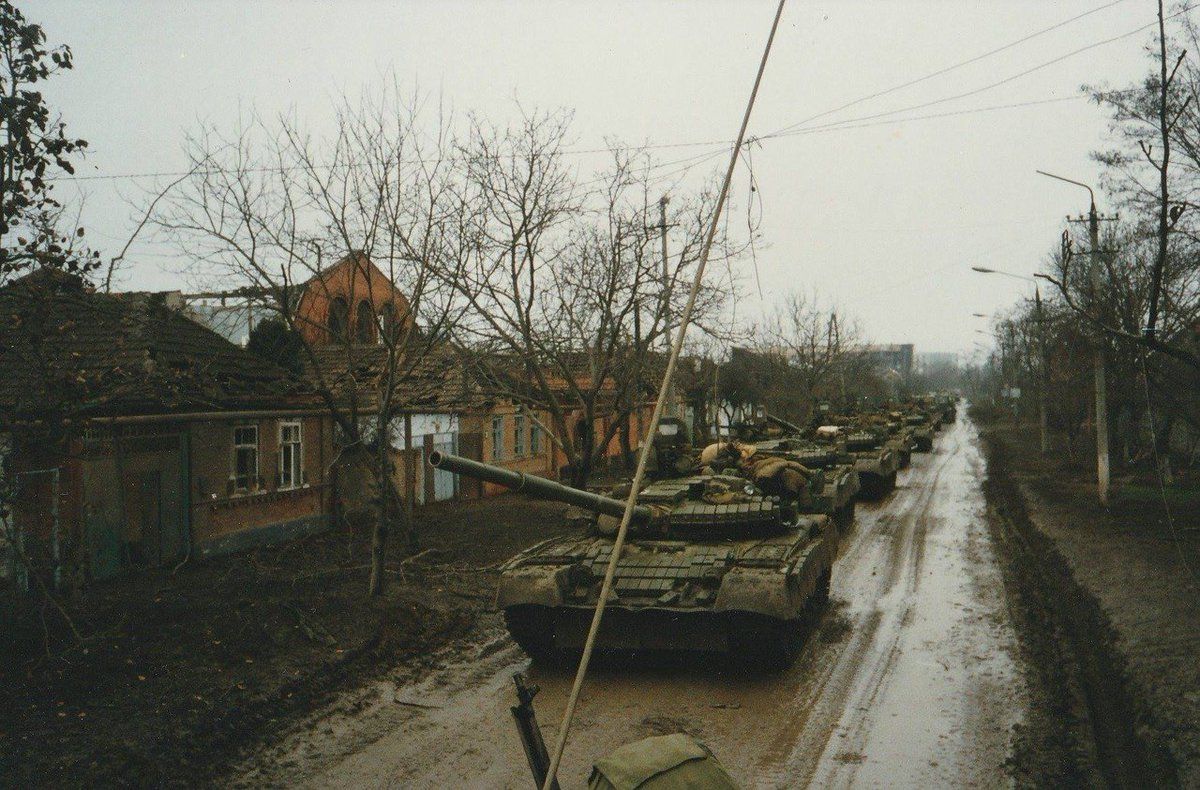
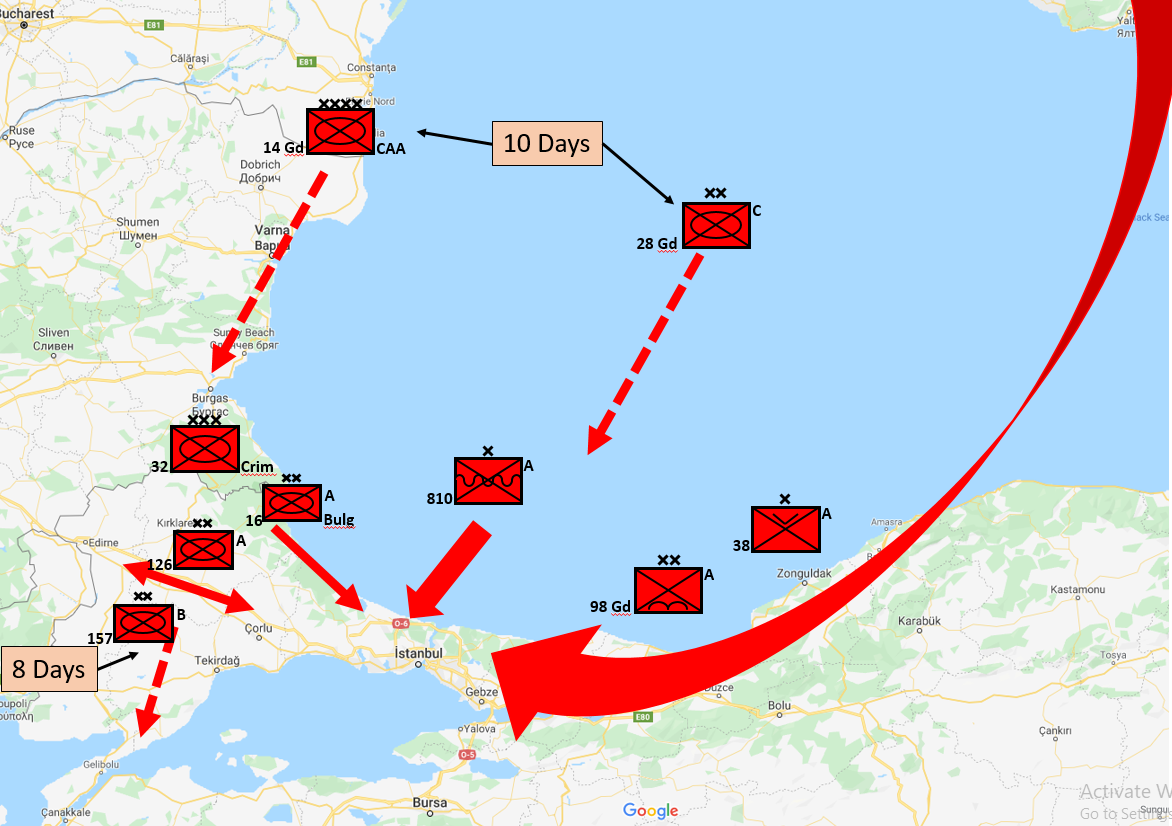
Follow on Force: 14th Guards Combined Arms Army (CAA) began mobilizing in the week before the war and its lead formation; 59th Guards MRD will follow 32nd Army Corps immediately rail space is available. The four other MRDs in this army lack adequate offensive combat power and are tasked with securing the Bosporus and Dardanelles, releasing other forces to reconstitute and carry on offensive action. There is no intention of conducting combat operations through the city of Istanbul, should diplomatic efforts fail to ensure free passage through that city this force will be tasked with securing the east and west banks of the Bosporus and key crossing sites; the 750 guns and rockets of 55th and 71st Artillery Divisions as well as the various heavy artillery and rocket formations will be used to assist this operation. Key formations in 14th Guards CAA are:
59th Gds MRD (T-64, BMP-1, BTR-60, MTLB)
86th Gds MRD (T-64, T-55, BMP-2, BTR-70, BTR-50)
158th MRD (T-55, Truck mounted infantry)
159th MRD (T-55, Truck mounted infantry)
180th MRD (T-64, T-55, BMP-1, BTR-70)
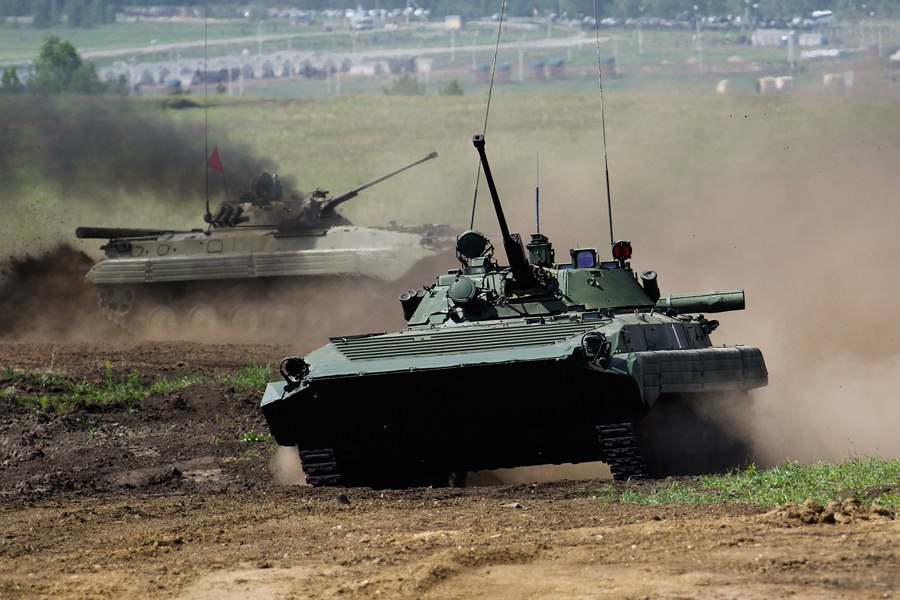
Front Reserve: In addition to the 71st Artillery Division which will likely be assigned to 14th Gds CAA the main element of flexibility for the Front Commander is the 28th Gds MRD. Although categorized as a status ‘C’ division, it has a full suite of equipment (214x T-64A/B, ~220x BTR-70, ~150x BMP-2, 98 mobile artillery pieces etc), however it is normally only at 40% manning. The division was mobilized a week before conflict and with high priority is fully staffed and undergoing training by the middle of February 1994. The intention is to deliver this division by sea to ports within the bridgehead beginning February 18th if possible; this will give significant punch to the landed force.
